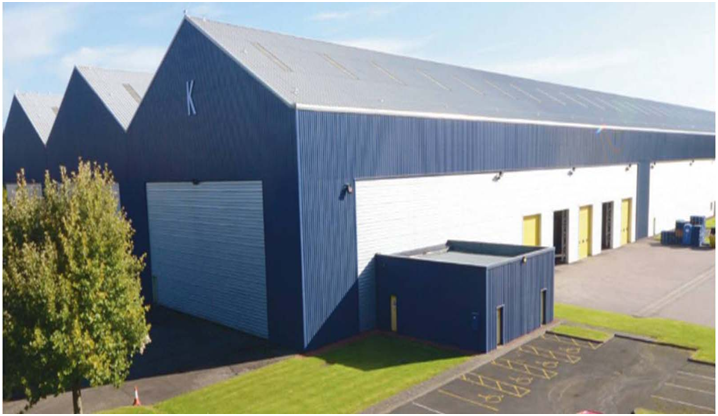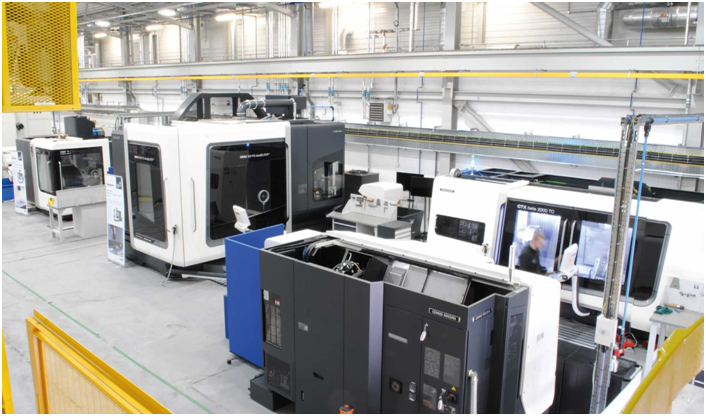
Charles R. Goulding and Preeti Sulibhavi take a look at Scotland’s interesting moves in aerospace supply chain and potential impact on global 3D printing activity.
With an aggressive modern-day move worthy of William Wallace, the Scottish government is seeking a larger market share of Boeing’s aircraft components at the most inopportune time. Now, the National Manufacturing Institute Scotland (NMIS) is set to open a $15.16 million research and development program aligned with Boeing. There will be advanced engineering equipment and an area utilized exclusively for additive manufacturing (AM) projects in this 60,000-square-foot facility. It is going to be operated by the University of Strathclyde’s Advanced Forming Research Center (AFRC, a part of the NMIS).
Boeing will take the baton from the previous work conducted at the AFRC related to manufacturing with metallic parts. Boeing has worked with the AFRC for decades. In fact, Boeing was one of the original founding members of the technology center. This move has flipped the page on the aerospace supply chain and has in turn will create hundreds of new jobs in the next five years.

Boeing’s US Tier Suppliers are already reeling from a sustained cessation of orders. This new Scottish investment focuses on 3D printed metal parts, which is where the future of aircraft parts’ growth opportunity is.
Hopefully, the US economic development agencies where Boeing has plants located will counter this move. It will be a shock to the US tier suppliers to finally see that when production of their long-delayed orders resumes, they go to Scotland. Like the Scottish universities, the University of Washington should increase its commitment to Boeing-related innovation at the aptly named Boeing Advanced Research Center (BARC).

Research and Development Tax Credits are available for the eligible US-based, 3D printing activities that Boeing business segments engage in.
The Research and Development Tax Credit
Whether it’s used for creating and testing prototypes or for final production, 3D printing is a great indicator that R&D Credit eligible activities are taking place. Companies implementing this technology at any point should consider taking advantage of R&D Tax Credits.
Enacted in 1981, the now permanent Federal Research and Development (R&D) Tax Credit allows a credit that typically ranges from 4%-7% of eligible spending for new and improved products and processes. Qualified research must meet the following four criteria:
- Must be technological in nature
- Must be a component of the taxpayer’s business
- Must represent R&D in the experimental sense and generally includes all such costs related to the development or improvement of a product or process
- Must eliminate uncertainty through a process of experimentation that considers one or more alternatives
Eligible costs include US employee wages, cost of supplies consumed in the R&D process, cost of pre-production testing, US contract research expenses, and certain costs associated with developing a patent.
On December 18, 2015, President Obama signed the PATH Act, making the R&D Tax Credit permanent. Beginning in 2016, the R&D credit has been used to offset Alternative Minimum Tax (AMT) for companies with revenue below $50MM and, startup businesses can obtain up to $250,000 per year in payroll tax cash rebates.
Taking a Stand
We live in a very competitive world. The US needs to respond when a nation-state targets one of our most important supply chains.
